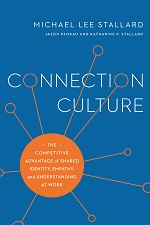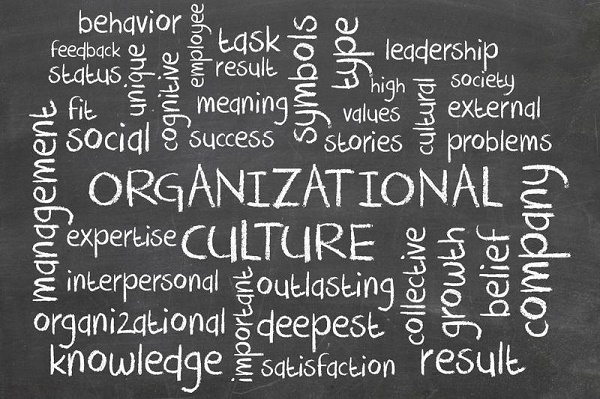ATD Blog
3 Lessons from Amazon's Culture
Thu Aug 20 2015


The New York Times' articles on Amazon’s workplace culture, “Inside Amazon: Wrestling Big Ideas in a Bruising Workplace” and "Jeff Bezos and Amazon Employees Join Debate Over Its Culture," have generated all kinds of buzz. Many commentators join the attack, while some defend Amazon’s practices. Statements are all over the map, from branding Amazon as an evil empire to describing its culture as one that’s apropos for a challenging, entrepreneurial trail-blazer.
What are we to believe, and what does this controversy say about the modern workplace?
**
#1. Think Subcultures, Not Single Culture
**I’m not surprised in the disparity of stories. As much as upper management may wish it were so, organizations rarely have a uniform culture. I define culture as the predominant attitudes, language, and behaviors of a group. In truth, organizations are comprised of many subcultures, and from a relational perspective, there are three types of subcultures: control, indifference, and connection.
In the typical organization about one-quarter of the subcultures are focused on control, in which people with power, control, and status rule over the rest. Some subcultures of control become abusive when managers go overboard (Think: Nurse Ratched in the movie One Flew Over the Cuckoo’s Nest). These subcultures explain the harshest stories we’ve read about Amazon, such as people weeping at their desks after being subjected to abusive put-downs in meetings.
In a subculture of indifference, people are so busy that they don’t take time to develop supportive relationships. As a result, individuals who work in subcultures of indifference typically feel unsupported, left out, or lonely. These emotions can make them biologically vulnerable to anxiety, depression, and even addiction. Roughly half of the subcultures in the average organization are subcultures of indifference.
The best subcultures are “connection subcultures.” In these cultures, people feel connected to their colleagues, leaders, and clients—making them more enthusiastic, energetic, resilient, and creative, as well as better decision makers. The neuroscientist Matthew Lieberman described human connection as a superpower in a TEDxTalks video, and indeed it is. Connection not only makes us more productive, it also makes us healthier and happier.
In my most recent book, Connection Culture: The Competitive Advantage of Share identity, Empathy and Understanding at Work, I lay out the research in a chapter called “The Science of Connection.” It shows that connection makes people perform better, give greater discretionary effort, align their behavior with their leader’s goals, improve communication, cooperate more, and contribute to the organization’s marketplace of ideas that fuel innovation. This is a powerful set of benefits that combines into a potent source of competitive advantage.
**
#2. The CEO’s Blind Spot
**If I were to advise Amazon CEO Jeff Bezos, I would tell him that I’m not surprised he doesn't recognize the awful subcultures described in the Times article. That’s typical with CEOs. People put on a happy face when the boss is around. Because of a reluctance to be forthcoming in person, employee engagement surveys are a necessity to provide accountability and hold the managers of subcultures responsible. And the results must be acted upon or people will stop taking the time to honestly answer the survey or they will stop participating altogether.
In addition to helping Bezos see the disparity between what he personally experiences and the reality for those at other levels or other departments, I would show him the research on how subcultures of connection improve organizational results—and how subcultures of control and indifference sabotage organizational performance.
I would challenge Bezos to assess the subcultures throughout Amazon and compare them in terms of performance metrics. If he did so, he would come to the same conclusion Google did in their Project Oxygen Research: managers who connect with the people they lead are the most effective.
#3. Be Intentional
Bottom line: I’d tell Jeff Bezos that the Amazon leadership team needs to become more intentional about influencing subcultures throughout the organization. Absent intentions, subcultures drift toward indifference to people. This natural drift is why large organizations tend to become machine-like and lose the sense of community that made people care and pull together to overcome the obstacles and times of adversity they faced as the company grew. Perhaps this is partly why the average Fortune 500 corporation survives for less than 50 years.
If Jeff Bezos truly cares about Amazon’s longer-term prospects (and his own legacy as a leader), he would be wise to take a closer look into transforming the subcultures of control and indifference throughout Amazon into connection subcultures that will help Amazonians (and Amazon, as a result) thrive.
Editor’s Note: Portions adapted from Connection Culture: The Competitive Advantage of Shared Identity, Empathy and Understanding at Work. (Read sample chapters here.)
